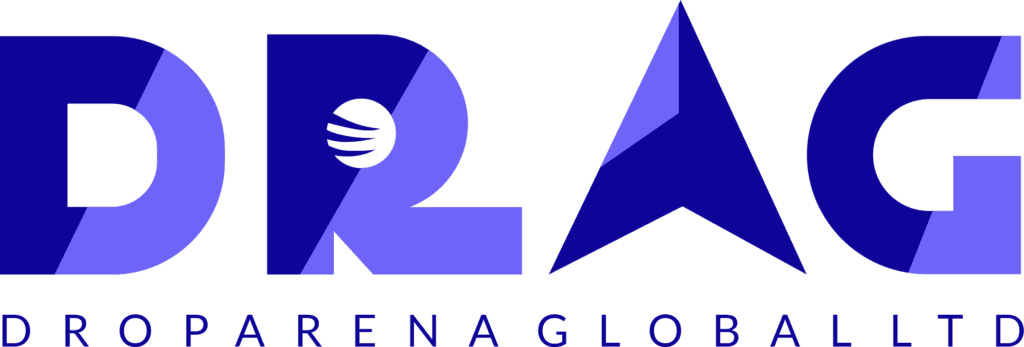If you’re a business owner with an online presence, you know that simply having a website isn’t enough. To succeed, you need to get found by the people searching for your services. This is where Search Engine Optimization (SEO) comes in. By making your site SEO-friendly, you can increase your chances of showing up in search engine results and attracting valuable traffic.
But how do you build an SEO-friendly website? Here’s your step-by-step guide to creating a site that search engines—and your customers—will love.
1. Understand the Power of Keywords
Keywords are the foundation of SEO. When potential customers search for products or services like yours, they use specific words or phrases—these are your keywords. Optimizing your site for the right keywords helps search engines understand your content and connect you with relevant searchers.
How to Use Keywords Effectively:
- Research First: Use tools like Google Keyword Planner or Ahrefs to find relevant keywords that have a balance of good search volume and competition.
- Integrate Naturally: Place primary keywords in titles, headers, and throughout your content in a way that feels natural.
- Focus on Long-Tail Keywords: Long-tail keywords are specific phrases that are easier to rank for, like “eco-friendly cleaning services in New York” instead of just “cleaning services.”
2. Optimize for Speed and Performance
Website speed is crucial for SEO and user experience. Slow-loading sites frustrate visitors and can negatively impact your search rankings, as Google prioritizes fast sites. Aim to make your website load as quickly as possible to keep visitors engaged and improve your chances of ranking higher.
Quick Tips to Improve Speed:
- Compress Images: Large image files can slow down your site. Use image compression tools to reduce file sizes without sacrificing quality.
- Use a Content Delivery Network (CDN): CDNs help deliver content quickly by distributing it across various servers worldwide.
- Minimize Code: Remove unnecessary code or plugins that may be slowing your site down. Simplified code loads faster and improves your site’s efficiency.
3. Design Mobile-First for a Seamless Experience
With over half of web traffic coming from mobile devices, having a mobile-friendly site is essential. Google also uses mobile-first indexing, which means it primarily considers the mobile version of your website for ranking purposes.
Steps to Optimize for Mobile:
- Responsive Design: Ensure your website automatically adjusts to fit any screen size, from desktops to smartphones.
- Simplify Navigation: Make it easy for mobile users to find key pages and information with a streamlined layout and prominent buttons.
- Test Regularly: Use tools like Google’s Mobile-Friendly Test to check your site’s performance and make necessary adjustments.
4. Create High-Quality, Relevant Content
Content is one of the top factors for SEO success. Search engines prioritize websites that provide valuable, informative, and original content that directly answers users’ questions. Content is also a great way to incorporate keywords naturally and to keep your audience engaged.
Best Practices for SEO-Optimized Content:
- Write for Your Audience: Prioritize creating content that speaks to the needs and interests of your audience.
- Use Clear Headings and Subheadings: Organize content with headers (H1, H2, H3 tags) to make it easier to read and for search engines to understand.
- Update Regularly: Fresh content signals to search engines that your site is active and relevant. Regularly updating or adding blog posts can give you an SEO boost.
5. Build Strong Internal Links and Backlinks
Links are like the roads that connect different parts of your website and build your website’s credibility. Internal links help users and search engines navigate your content, while backlinks from other sites can improve your site’s authority and trustworthiness.
Link-Building Tips:
- Internal Links: Link to other relevant pages on your site within your content to guide visitors to related information.
- Earn Backlinks: Reach out to reputable websites for backlinks, which are incoming links from other sites. They signal to search engines that your site is credible.
- Avoid Overuse: Use links sparingly and naturally; too many links can confuse users and lead to penalties from search engines.
6. Add Meta Descriptions and Title Tags
Meta descriptions and title tags are HTML elements that give search engines and users a preview of what each page on your site is about. Crafting these tags with your target keywords can help improve your click-through rates and rankings.
How to Optimize Meta Tags:
- Title Tags: Each page should have a unique title tag with your primary keyword, ideally within 60 characters.
- Meta Descriptions: Write compelling meta descriptions for each page, around 155–160 characters, that include keywords and entice users to click.
- Alt Text for Images: Use descriptive alt text for images to improve your site’s accessibility and help search engines index your visuals.
7. Focus on User Experience (UX) and Site Structure
User experience is at the heart of SEO. Search engines reward websites that provide an intuitive, enjoyable experience for users. A well-structured site makes it easy for both users and search engines to find the information they need.
Tips to Improve UX:
- Clear Navigation: Organize your content into intuitive categories and subcategories to make it easy for visitors to find what they’re looking for.
- Consistent Layout and Design: Keep a cohesive look and feel across your site, with colors, fonts, and buttons that are easy to identify and use.
- Optimize for Accessibility: Make sure your site is accessible for all users by including alt text, captions, and straightforward navigation.
Conclusion
Creating an SEO-friendly website is about more than just optimizing for search engines—it’s about creating a smooth, informative experience for users. By focusing on these foundational steps, from keyword integration and fast loading speeds to quality content and clean navigation, you can increase your site’s visibility, attract more visitors, and ultimately grow your business.
The secret to getting found online lies in balancing both the technical and human sides of SEO. Start implementing these strategies today, and watch your website climb the search rankings and bring in the customers you’ve been waiting for.
Is your website optimized for SEO? If not, it’s never too late to get started. Whether you’re new to SEO or looking to refresh your current strategy, these steps will set you on the path to building a website that truly performs. Contact us at DRAG to learn how we can help you leverage analytics for success. Don’t forget to follow us on Twitter and LinkedIn for more insights into maximizing your digital presence!

